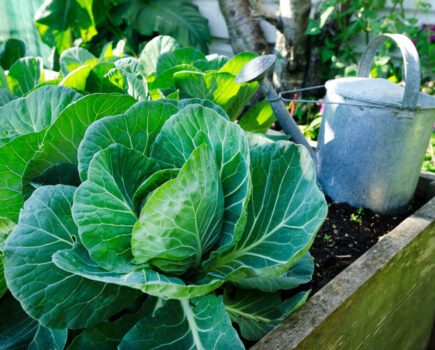This is the best time to plant snowdrops, says Ruth
Snowdrops are one of the most joyful plants to grow, signalling the end of summer and the advent of brighter, warmer days ahead. All around the country at this time of year, open gardens and nurseries are holding special ‘snowdrop days’ where you can marvel at their beauty and variety and buy more plants for your own plot.
Although we plant most spring-flowering bulbs in autumn, some varieties including snowdrops, bluebells and yellow winter aconites are best planted now, when they are ‘in the green’. This means when the plants have almost finished flowering but still have plenty of healthy leaves on show. Put in the ground in this state means they have time to bed in before dying back naturally and refuelling for next year’s display. This is often better for plants with small bulbs as they are prone to drying out or rotting, but they will happily settle in and get established when they still have healthy roots and top growth.
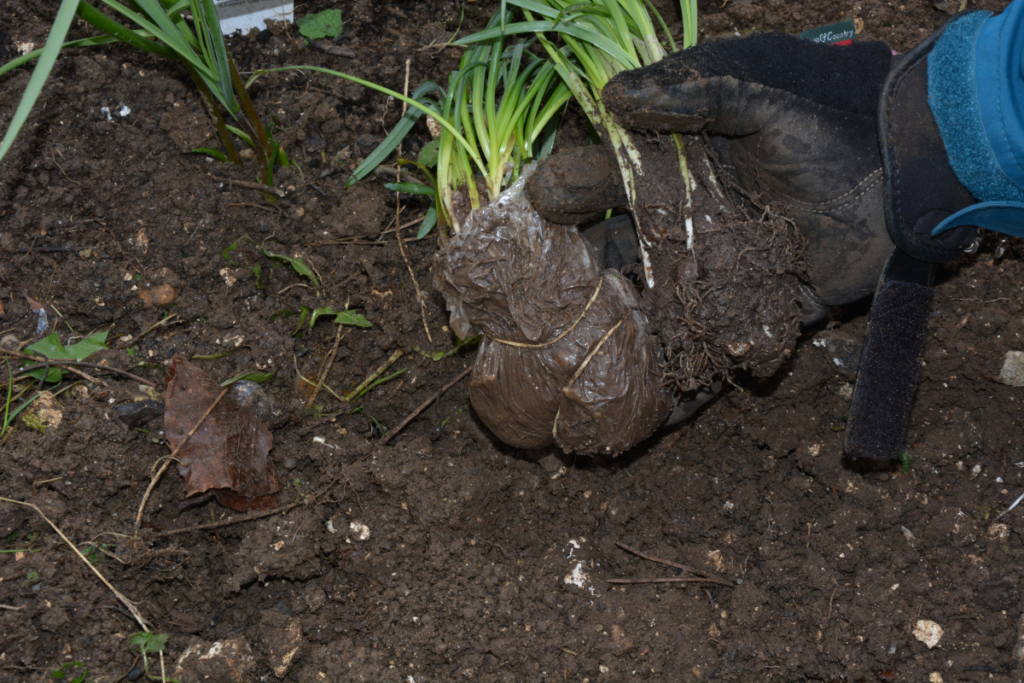
They key to success is planting as soon as you get your bulbs home (pot them up if the soil is waterlogged or frozen) and making sure they are planted at the same depth as they were growing before. Plants in the green usually come in small pots or clumps wrapped in plastic bags to prevent the muddy bulbs and roots from drying out. Once they are in the ground, let them die back naturally and never cut off the browning leaves as they are returning energy to the bulbs to tide them over until next spring.
Fancy grasses
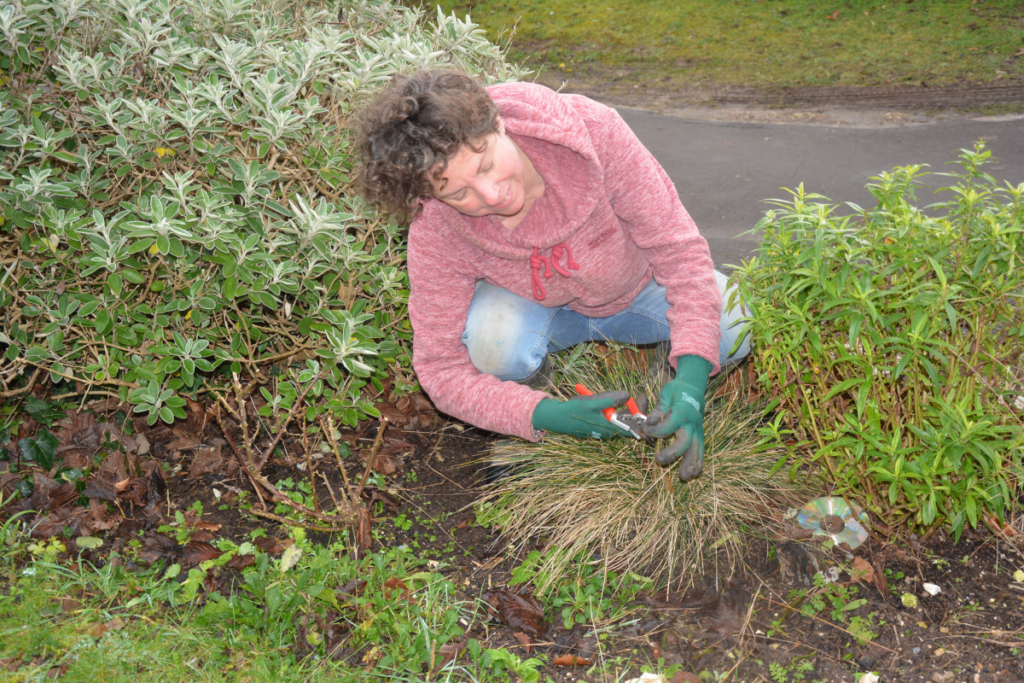
Cut back ornamental grasses in spring, removing dead fronds from evergreen varieties, but leave Pennisetum and Miscanthus varieties until late March/early April.

Divide congested clumps of Carex grasses, cutting them into healthy sections, each with flourishing top and root growth, and replanting at the same depth they were growing at before. Water and mulch well.
Planting and caring for your snowdrops
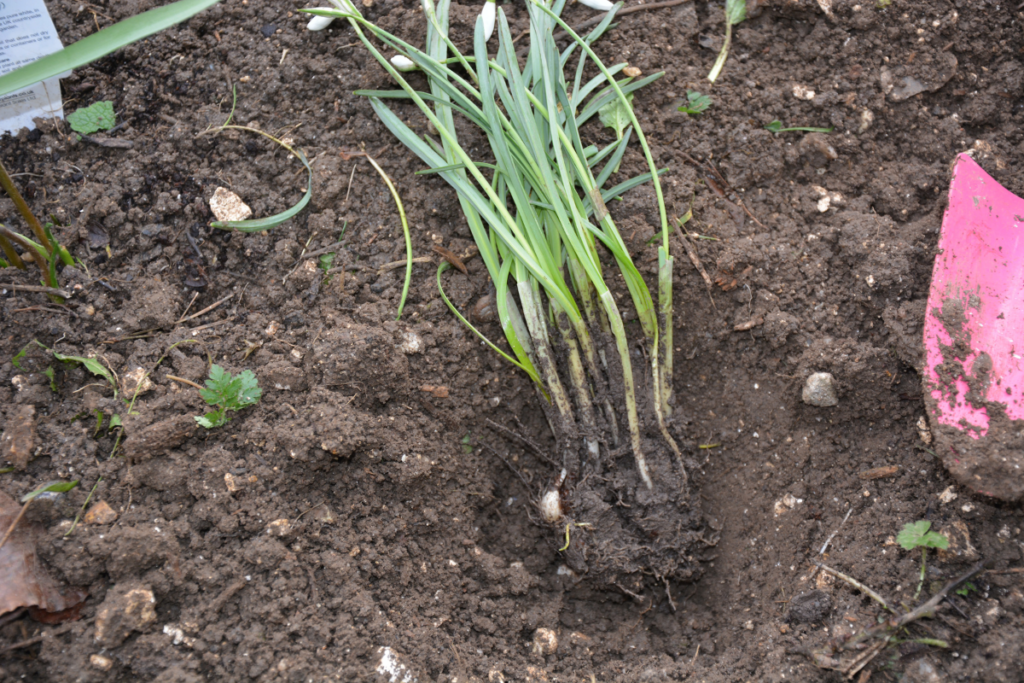
1. Make sure your snowdrops in the green are healthy, with firm bulbs and good top grow
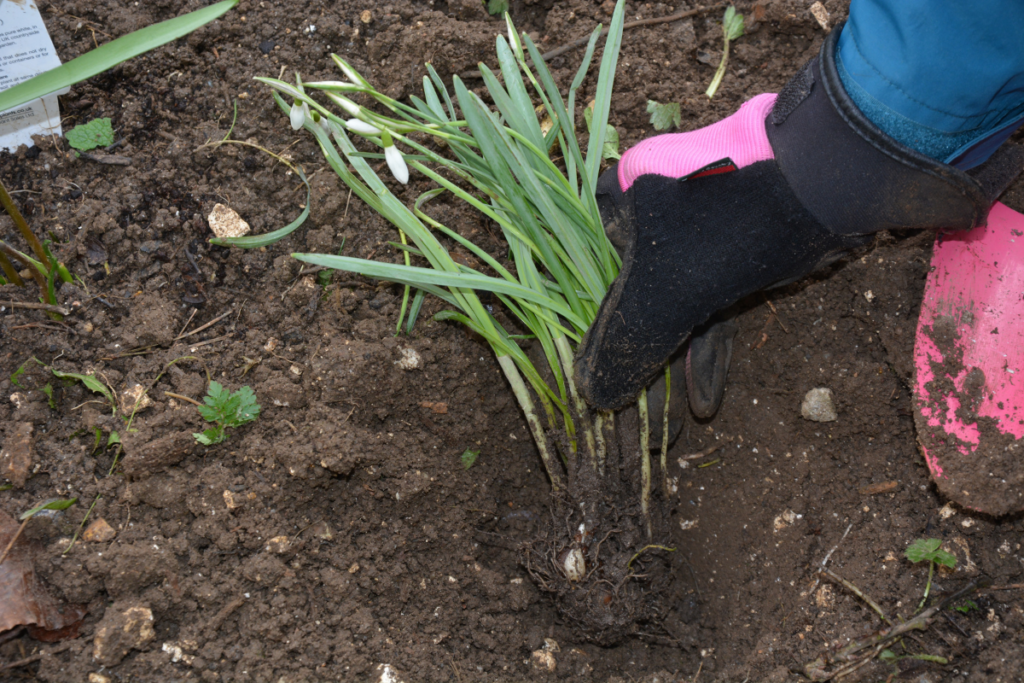
2 Plant at the same depth they were growing before – you can tell by the tidemark of soil around the stems and leaves.

3 Cover the roots with soil, firm it down then water and mulch the clumps to help them get established.
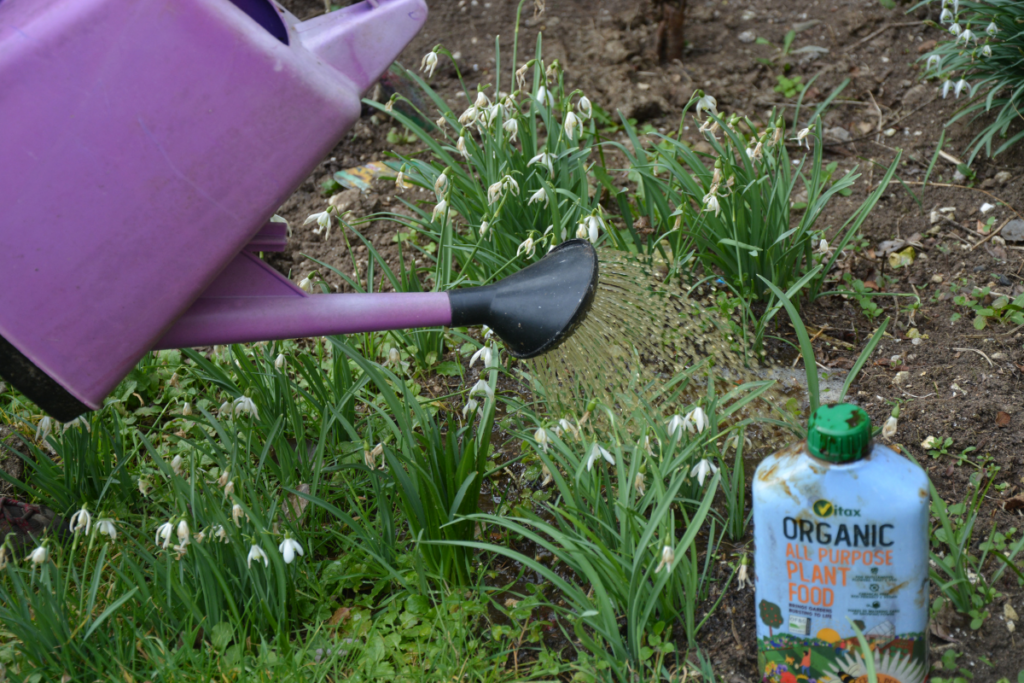
4 Give them a weekly liquid feed to help the bulbs bulk up so they flower even better next year. Let the leaves die back naturally.
Find more tips, advice and articles like this at the Amateur Gardening website. Subscribe to Amateur Gardening magazine now.


